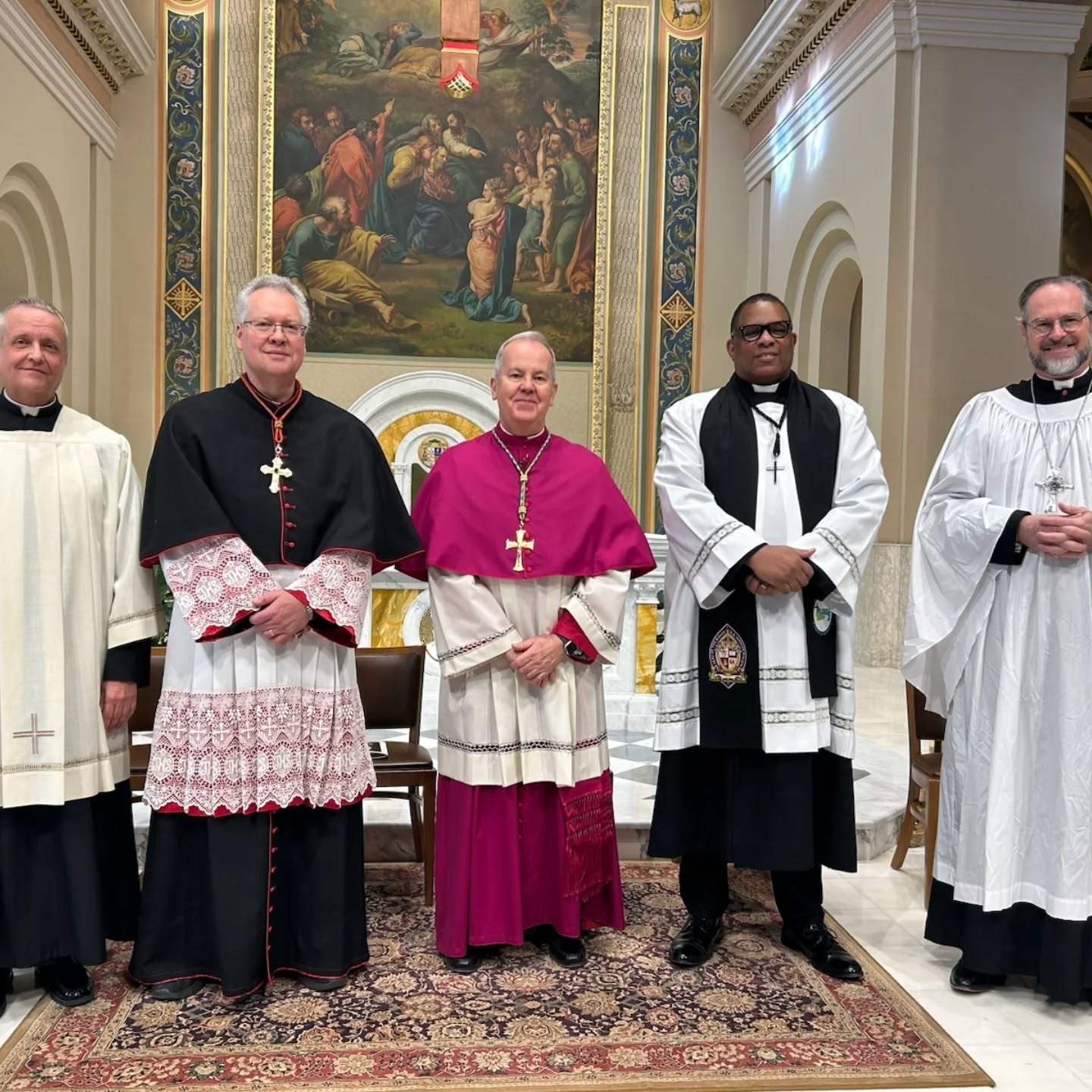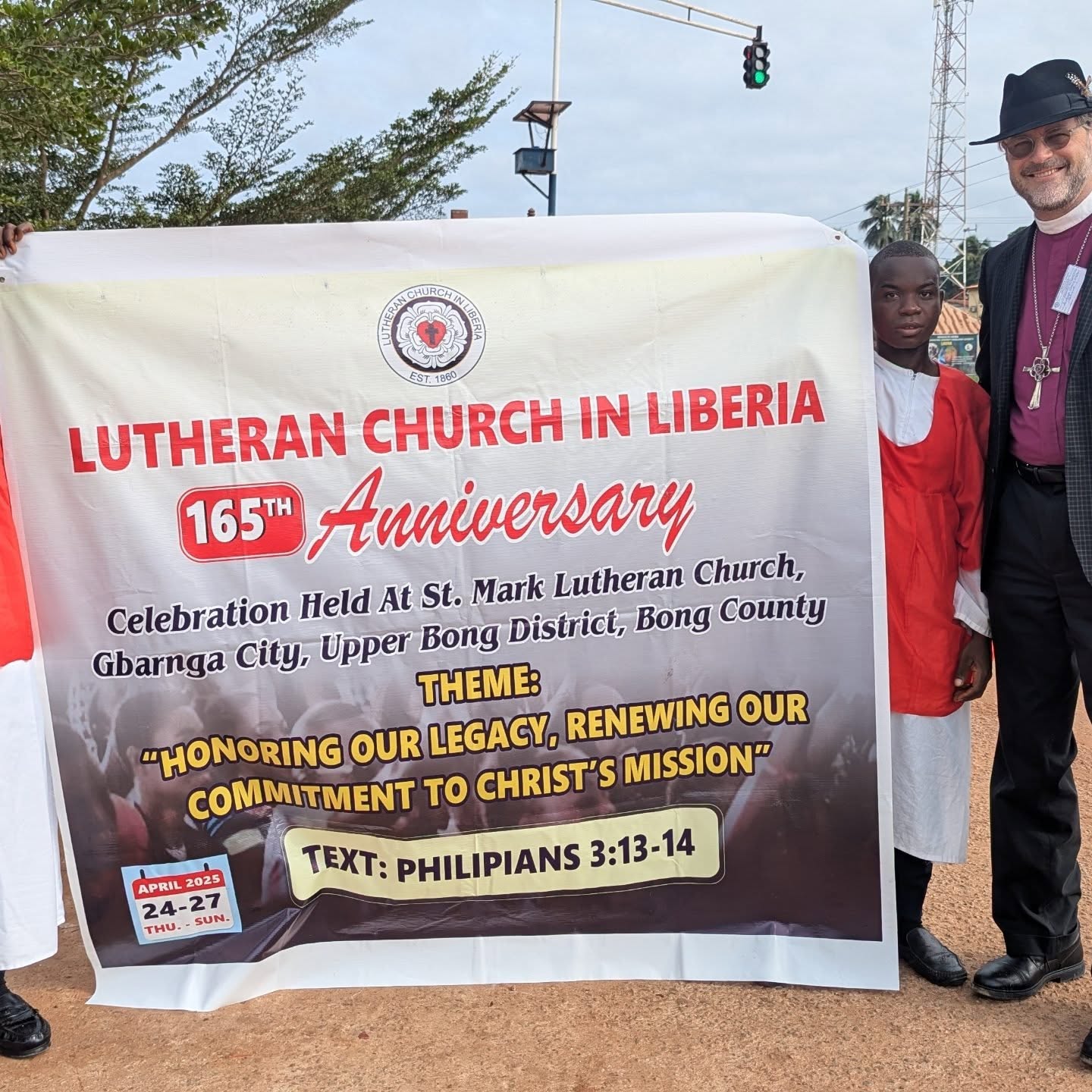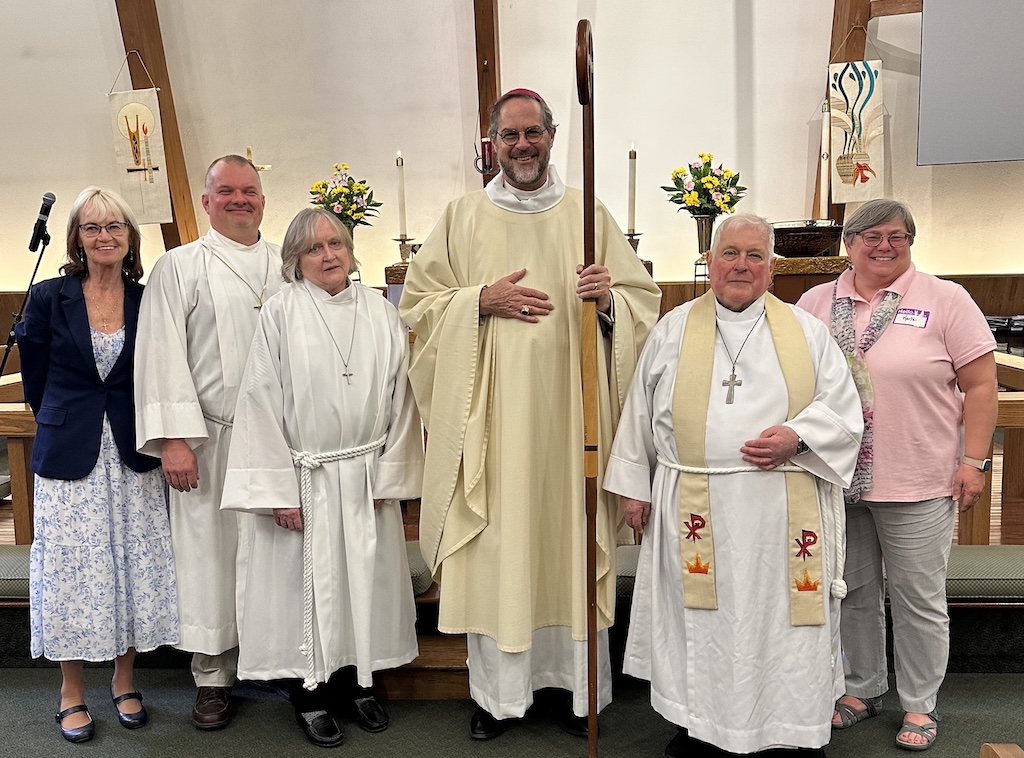The USS Women’s Organization Day of Learning and Renewal was…

From Bishop Miller: Prayer for Christian Unity
Each year, from January 18 – 25, we celebrate the Octave (eight days) of Prayer for Christian Unity. Congregations and individuals are encouraged to join in prayer, especially during this week, that the prayer of Jesus, that all may be one, would be visibly fulfilled in our Christian churches. We are encouraged to pray not only in our own congregations but with our neighboring churches, and to work together in study and service as we seek unity.
And so, on January 22, I attended a service of Prayer for Christian Unity at the Cathedral of St Peter in Scranton. The theme of this service, “Do you believe this”, pointed us to the Nicene Creed. Our homilist, Father Scott Storowski, gave a brief history of the creed and called on us to allow ourselves to be embraced into the wonder and mystery of God, the Father, Son, and Holy Spirit, and experience God’s transformation of our lives. He reminded us that, because we experience division and hurt, not only in our society but in our church, we must continue to pray for the unity that only God can give through the gift of faith.
This year marks the 1700th anniversary of the Nicene Creed. Composed in the year 325 in the city of Nicea (in modern Turkey) and later revised in the second ecumenical council held in Constantinople, this creed is held among Christians as an expression of our faith into which we baptize and from which we teach. The creed expresses our common belief in God who has become known to us in the three persons of the Trinity.
The primary focus of this creed is in the second and longest article: “We believe in one Lord Jesus Christ…”. When we recite these, we remind one another that the God who has created all things became incarnate, taking on human flesh and bearing our sins on the cross. This incarnation means that our God became truly human, experiencing life as we experience it, with all our joys and sorrows, even the agony of torture and death, for us. In the person of Jesus Christ, then, human flesh was raised into the Trinity, thus breaking the barrier that sin had erected between God and creation. The Holy Spirit, which once spoke through the prophets, now, by the forgiveness of sins, proceeds to create the “one holy catholic and apostolic church,” that is “the communion of saints”. In this church, we proclaim the promise of resurrection to life everlasting as our flesh also is welcomed into the Trinity.
An example of the importance of this creed in our work toward unity comes from the Lutheran World Federation dialog with the Orthodox Communion. In a joint statement issued in May, representatives of the two bodies shared their progress toward an understanding in what has been a church dividing issue for over a thousand years, the inclusion in the third article of the words “and the Son” (the filioque), words that were added by the Latin church to the original Greek text. This joint statement recommends removing these words from the creed while continuing to study the meaning of this creed. While this recommendation is not binding on our congregations, I hope it leads us to deeper study of the creed and what it means for us in our Christian life together.



